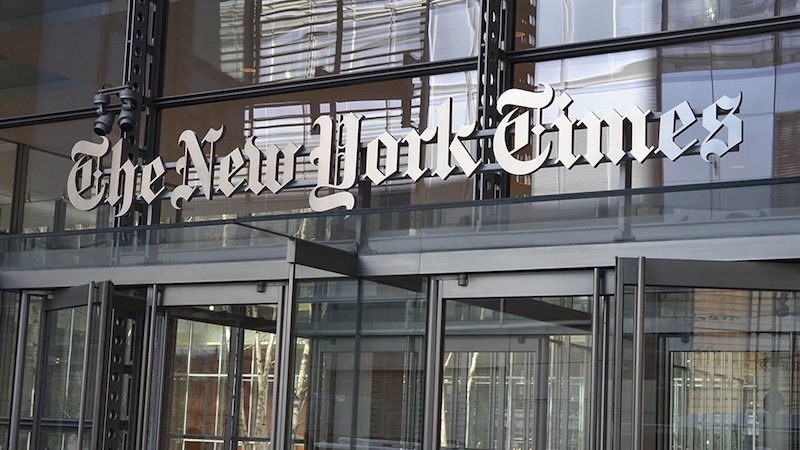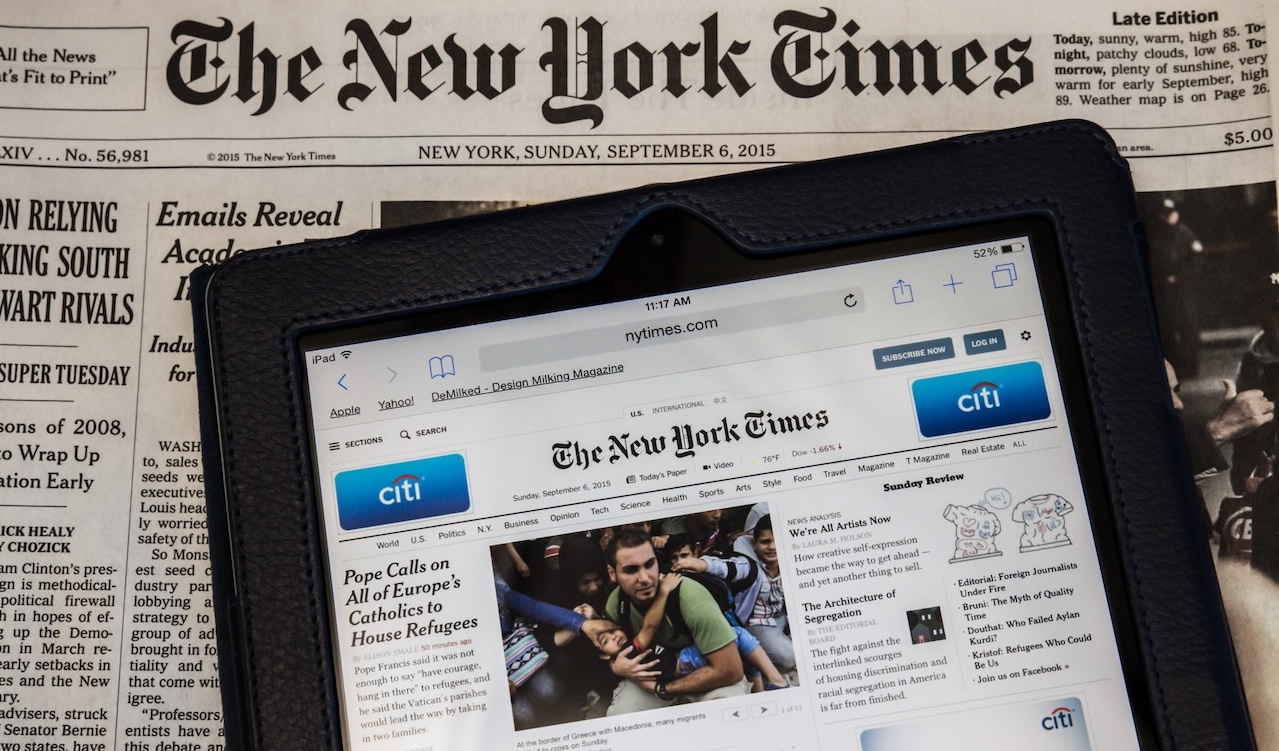In the year that is ending, especially in its second part, we have lost count of the articles in which we have dealt with one of the many aspects of generative AI.
We wrote about the fake news produced but also about the release of increasingly advanced software versions, about the fears, about the hopes, about the first volumes in Italian that talk about AI in a balanced and far-sighted way, and about the recent dance around the figure of Sam Altman, removed from command of OpenAI and reinstated in his role within a few hours.
And we have said over and over again how urgent it is to provide precise and unambiguous rules on generative artificial intelligence, in order to be able to exploit it in the most profitable and safe way.
The New York Times sues OpenAI and Microsoft
But in fact the rules are not only important for the users of AI software, but also for those who create and train the software.
It is indeed for an alleged lack of rules that the New York Times sued OpenAI and Microsoft. The accusation made against the two companies is that of having trained artificial intelligence algorithms through copyrighted material. What do we know about the news?

The New York Times article
Everything was made public by the same New York newspaper, on Wednesday 27 December, in an article that speaks clearly from the title and above all from the subtitle. “Millions of New York Times articles were used to train chatbots that now compete with the New York Times.”
The mockery suffered by the newspaper would therefore be twofold. Not just the illegal use of a huge amount of copyrighted data by OpenAI and Microsoft. But also a use aimed at making chatbots increasingly up-to-date and competitive, and therefore able to provide reliable news, to the point of becoming competitors of press outlets such as… the New York Times.
The first risk linked to this operation, writes the New York Times, is that of “threatening quality journalism”.
Then there is the backlash directed at the newspaper, which risks losing “subscriptions, licenses, advertising and revenue.” The newspaper spoke of damage quantifiable in “billions of dollars”, and this will be the request for compensation.
The first cause of a large header
The accusations are therefore of having gratuitously (and above all illicitly) exploited “the Times’ massive investment in its journalism and used it to build replacement products without permission or payment.”
For this reason, the New York Times filed a lawsuit against OpenAI and Microsoft in the federal district court of Manhattan. It is the first of its kind by a major newspaper.
The New York Times also announced that it had sought, in vain, an agreement with the two companies. For this reason he will now request millionaire compensation and the elimination (practically impossible to achieve) of the contents stolen from the newspaper. The two big tech companies cited in the case have not yet released statements.
In recent weeks the German publisher Axel Springer had moved in a different way, to which Politico, Business Insider and the newspapers Bild and Welt refer. The publisher has reached an agreement with OpenAI, whereby users who query its chatbots will be able to receive in response summaries of articles published in the group’s publications.
Fair Use controversies
The fact is that the New York Times lawsuit against OpenAI and Microsoft arises from the old (so to speak, given the very recent boom in generative AI) diatribe on the training of chatbots and the re-proposal of articles taken from elsewhere.
In the first case, large companies in the sector do not publish the sources from which the software draws the impressive amount of information. On the other, then, one shields oneself by improperly citing Fair Use. Which would allow the partial reuse of the intellectual works of others, but in limited cases: when, for example, they are not used for profit-making reasons. The contradiction is obvious, since the contents are offered to users of both the free and paid versions of the chatbots.
The New York Times stops the ChatGPT web crawler
The lack of agreement between the New York Times on the one hand, and OpenAI and Microsoft on the other, can perhaps be traced back to the action taken by the newspaper a few months ago.
In August, in fact, the NYT blocked the ChatGPT web crawler, thus preventing the software from “feeding” on the newspaper’s contents. And already then he had threatened legal action.















Leave a Reply
View Comments